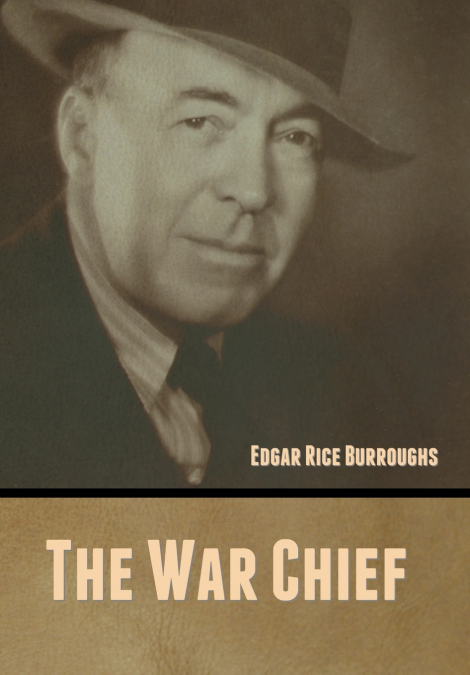
 Librería Perelló (Valencia)
Librería Perelló (Valencia)
 Librería Aciertas (Toledo)
Librería Aciertas (Toledo)
 El AlmaZen del Alquimista (Sevilla)
El AlmaZen del Alquimista (Sevilla)
 Librería Elías (Asturias)
Librería Elías (Asturias)
 Librería Kolima (Madrid)
Librería Kolima (Madrid)
 Donde los libros
Donde los libros
 Librería Proteo (Málaga)
Librería Proteo (Málaga)
A great surprise from Burroughs and from 1927. This is unlike anything else I’ve read from ERB. It replaces the fantasy and imagination that made him famous with an unexpected authenticity and attention to detail. And both an anger and compassion. A very good early 'red indian' pulp novel written by a man who used to hunt them, and who had the courage to say it was wrong and to say something important about in the midst of the pulp. (Jonathan Ammon) About the author:Edgar Rice Burroughs, (born September 1, 1875, Chicago, Illinois, U.S.-died March 19, 1950, Encino, California), American novelist whose Tarzan stories created a folk hero known around the world.Burroughs, the son of a wealthy businessman, was educated at private schools in Chicago, at the prestigious Phillips Academy in Andover, Massachusetts (from which he was expelled), and at Michigan Military Academy, where he subsequently taught briefly. He spent the years 1897 to 1911 in numerous unsuccessful jobs and business ventures in Chicago and Idaho. Eventually he settled in Chicago with a wife and three children; he began writing advertising copy and then turned to fiction. The story 'Under the Moons of Mars' appeared in serial form in the adventure magazine The All-Story in 1912 and was so successful that Burroughs turned to writing full-time. (The work was later novelized as A Princess of Mars [1917] and adapted as the film John Carter [2012].) The first Tarzan story appeared in 1912; it was followed in 1914 by Tarzan of the Apes, the first of 25 such books about the son of an English nobleman abandoned in the African jungle during infancy and brought up by apes. Burroughs created in Tarzan a figure that instantly captured the popular fancy, as did his many tales set on Mars. The Tarzan stories were translated into more than 56 languages and were also popular in comic-strip, motion-picture, television, and radio versions.In 1919, in order to be near the filming of his Tarzan movies, Burroughs bought an estate near Hollywood (at a site that would later be named Tarzana). He continued to write novels, ultimately publishing some 68 titles in all. During World War II he became a correspondent for the Los Angeles Times and at age 66 was the oldest war correspondent covering the South Pacific theatre. (britannica.com)